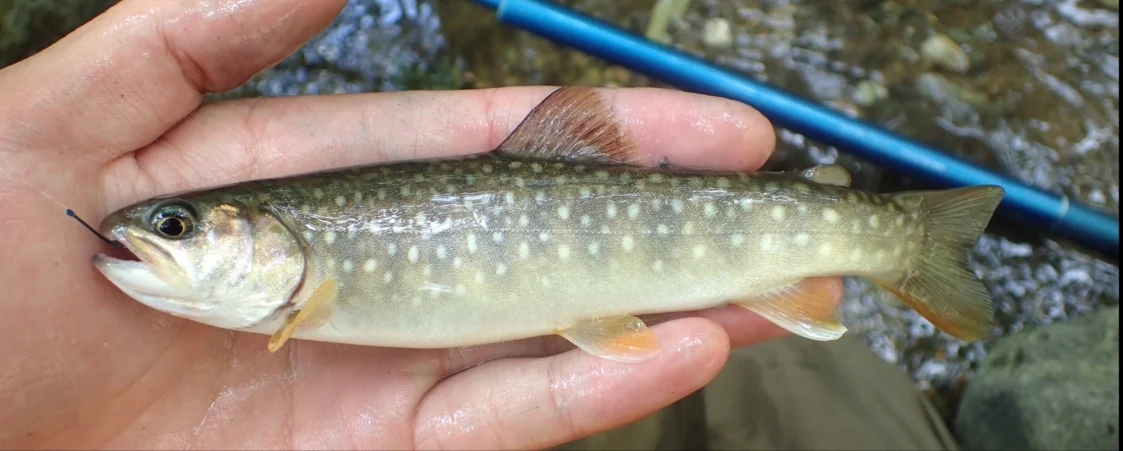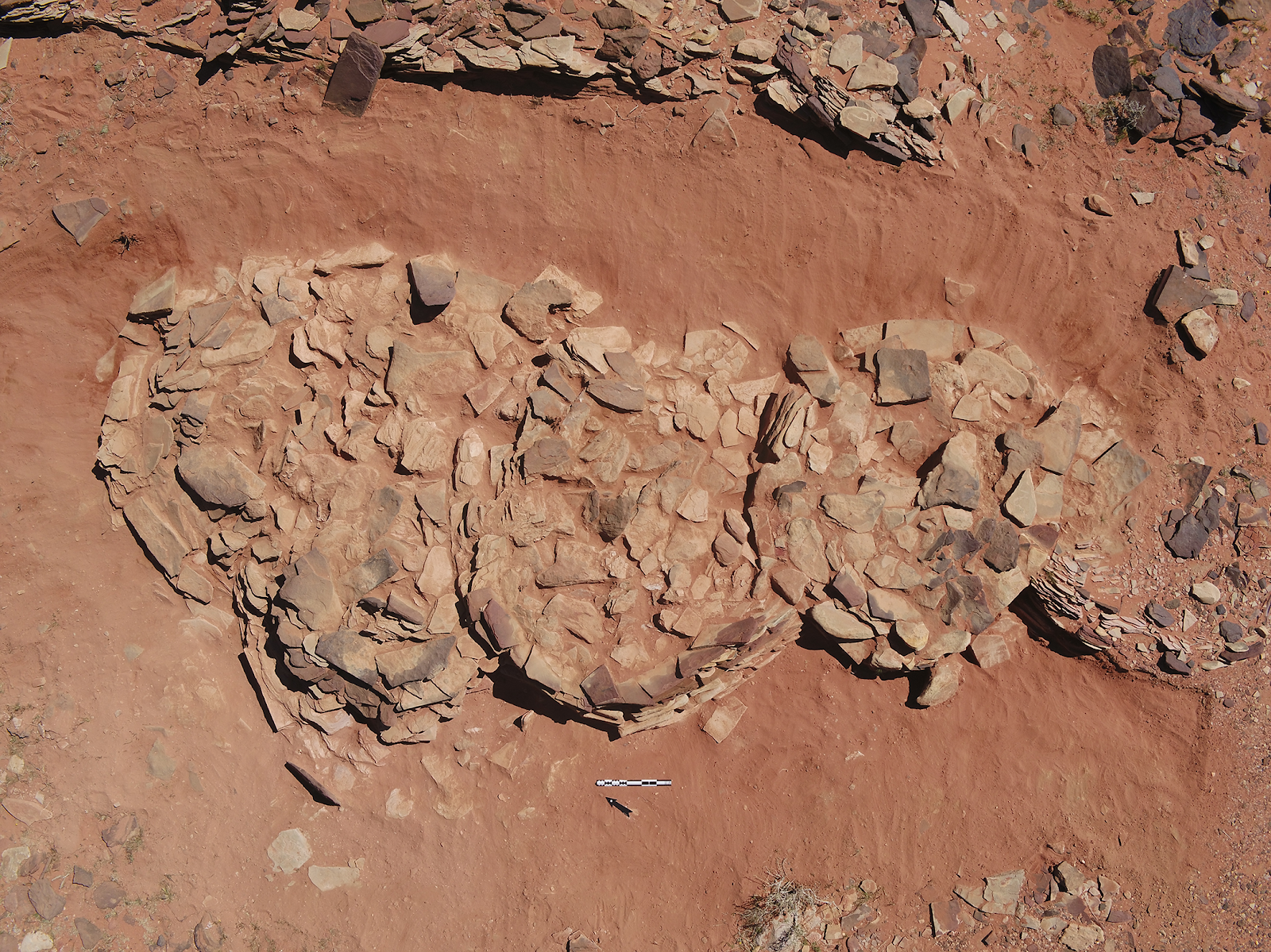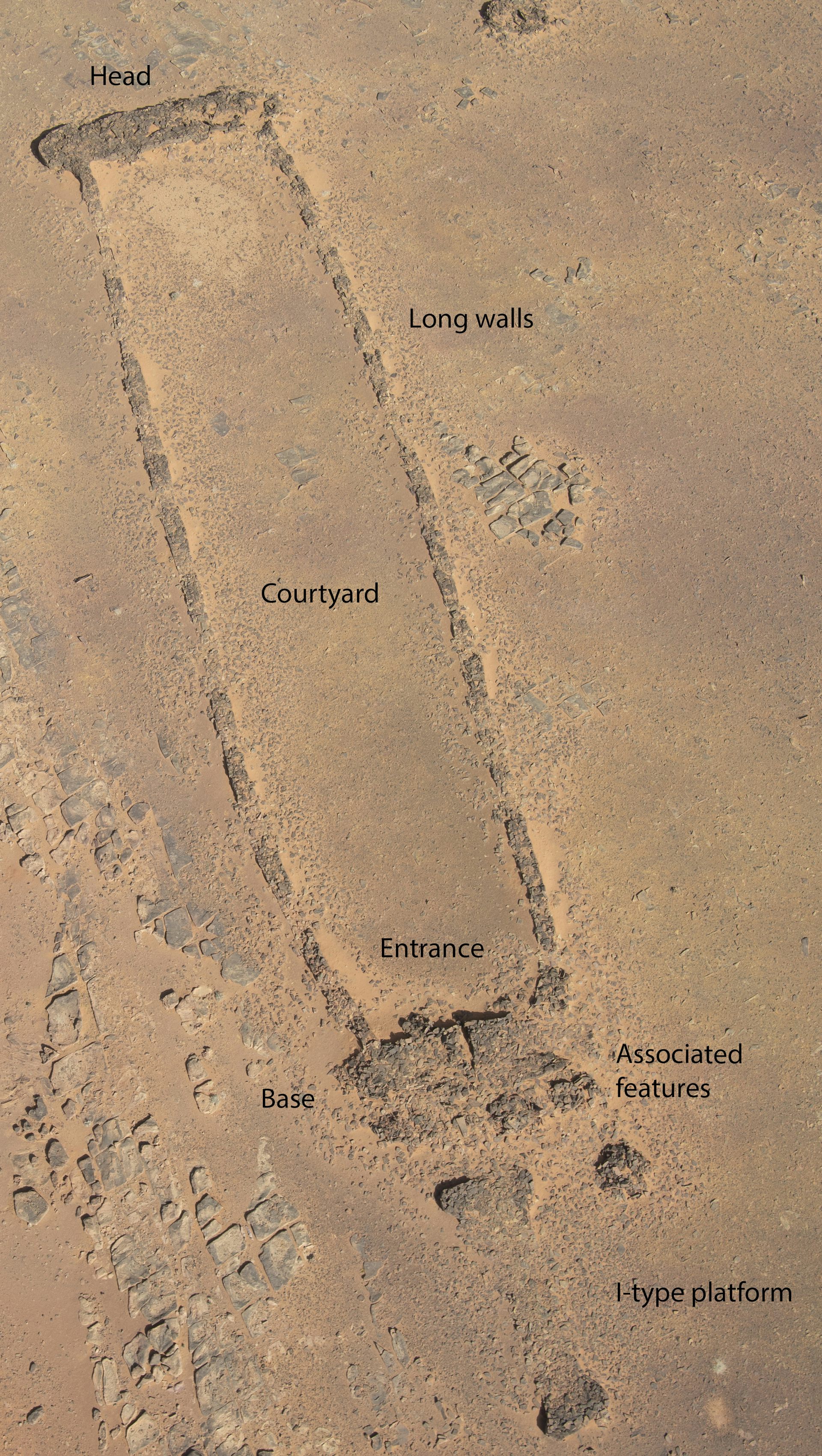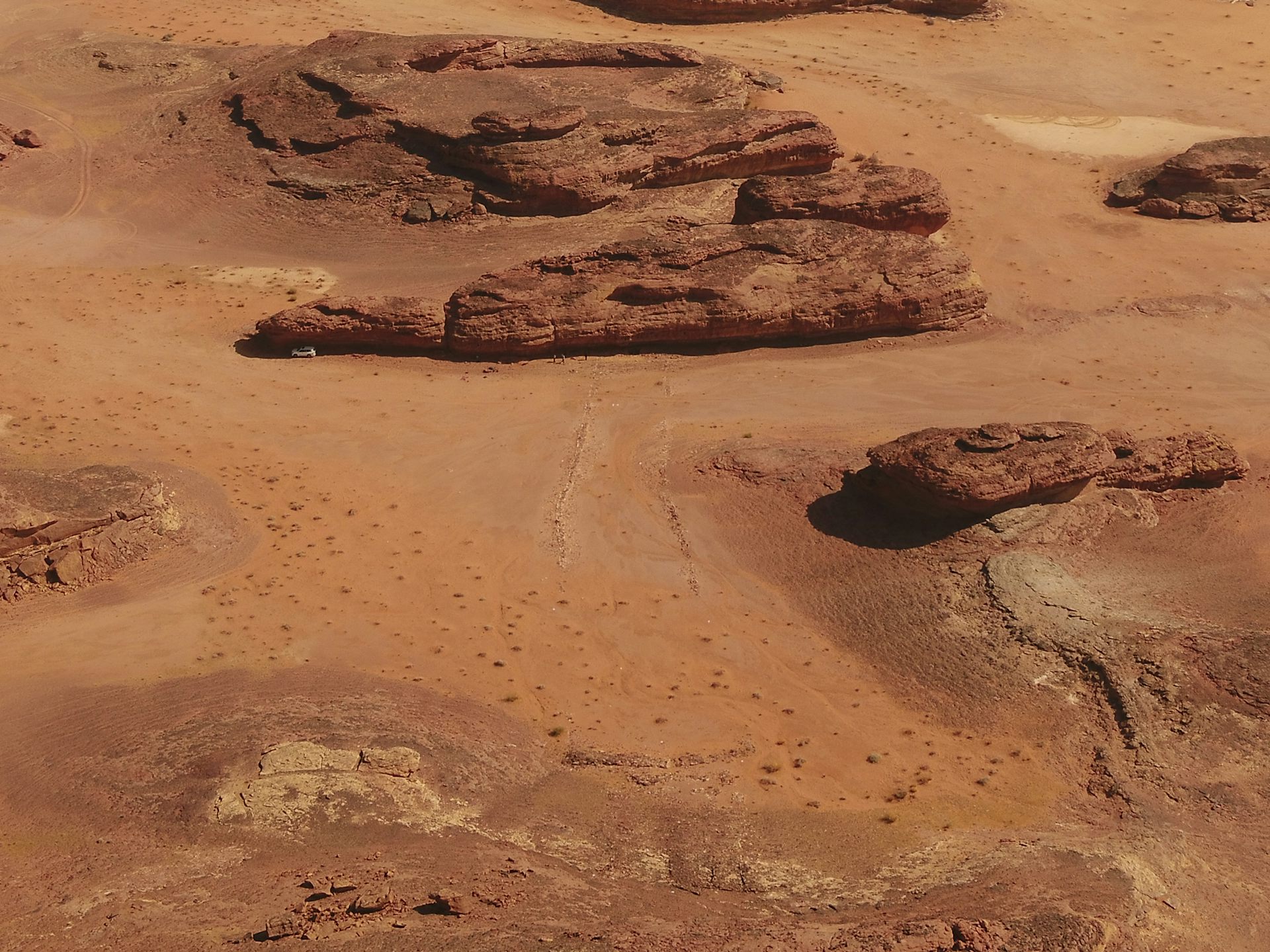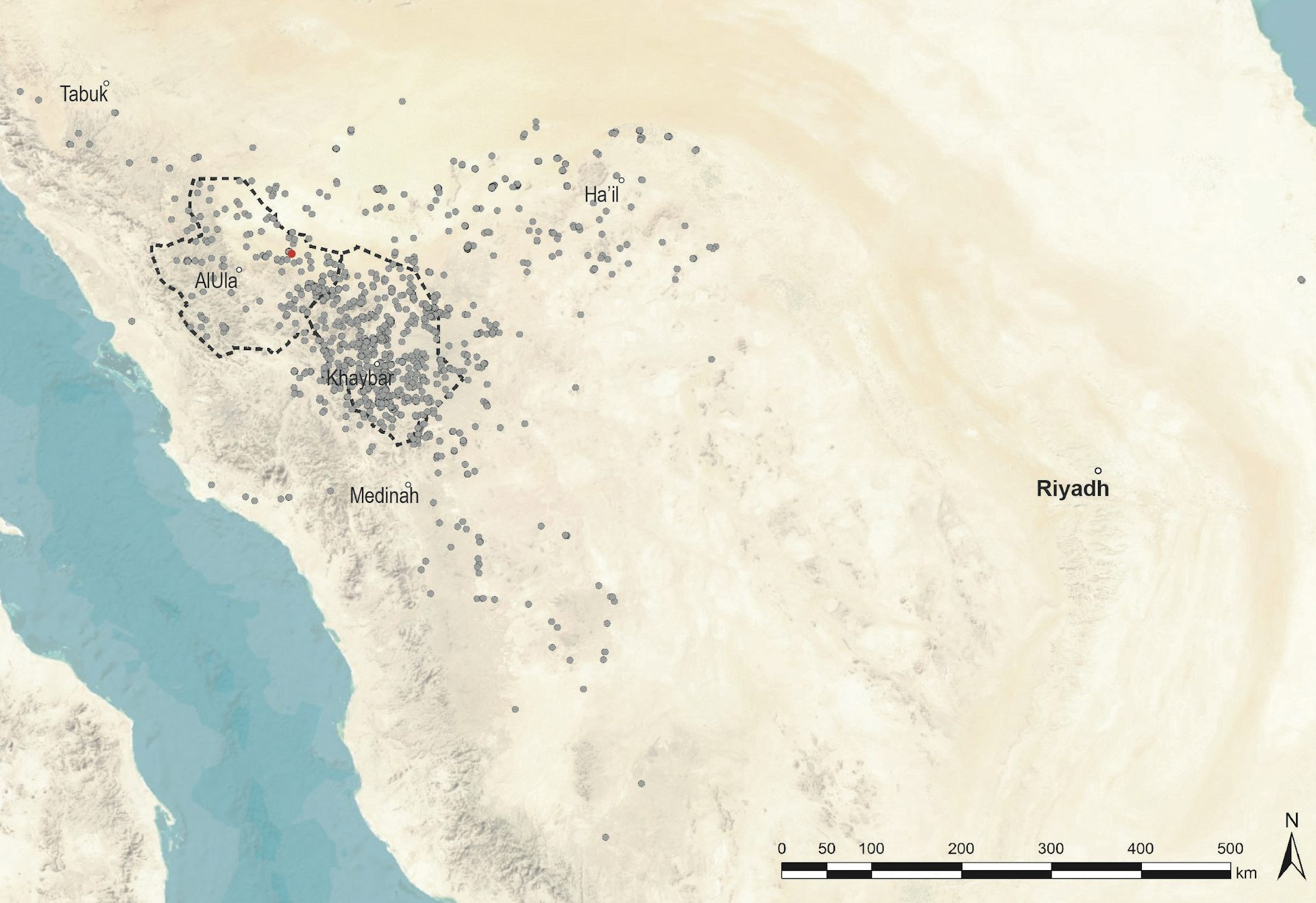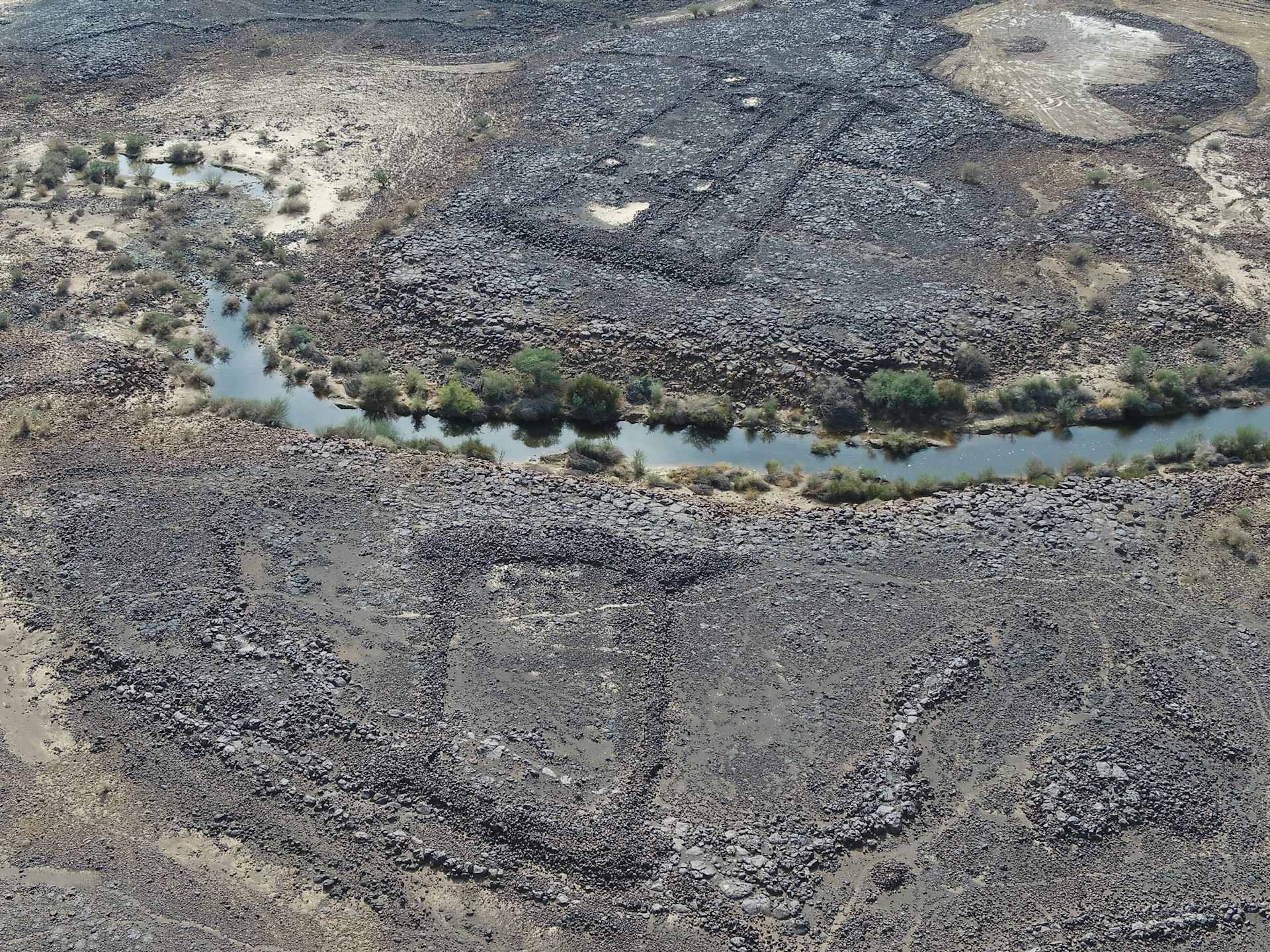Creationists Hoping to Blame the Chinese For SARS-CoV-2 Have Just Had Their Forlorn Hopes Dashed
Creationists Hoping to Blame the Chinese For SARS-CoV-2 Have Just Had Their Forlorn Hopes Dashed
Creationists Hoping to Blame the Chinese For SARS-CoV-2 Have Just Had Their Forlorn Hopes Dashed
Creationists Hoping to Blame the Chinese For SARS-CoV-2 Have Just Had Their Forlorn Hopes Dashed
Creationists Hoping to Blame the Chinese For SARS-CoV-2 Have Just Had Their Forlorn Hopes Dashed
Creationists Hoping to Blame the Chinese For SARS-CoV-2 Have Just Had Their Forlorn Hopes Dashed
Creationists Hoping to Blame the Chinese For SARS-CoV-2 Have Just Had Their Forlorn Hopes Dashed
Creationists Hoping to Blame the Chinese For SARS-CoV-2 Have Just Had Their Forlorn Hopes Dashed
Creationists Hoping to Blame the Chinese For SARS-CoV-2 Have Just Had Their Forlorn Hopes Dashed
Creationists Hoping to Blame the Chinese For SARS-CoV-2 Have Just Had Their Forlorn Hopes Dashed
Creationists Hoping to Blame the Chinese For SARS-CoV-2 Have Just Had Their Forlorn Hopes Dashed
Creationists Hoping to Blame the Chinese For SARS-CoV-2 Have Just Had Their Forlorn Hopes Dashed
China's only now revealed crucial COVID-19 origins data. Earlier disclosure may have saved us 3 years of political argy-bargy
There has always been little doubt in scientific circles that the SARS-CoV-2 virus that causes COVID-19 is a zoonotic virus that evolved in another mammal and then transferred to humans.
The problem this causes for Creationism is that their dogma insists that evolution doesn't happen, and everything is created by their supposedly omniscient, omnipotent god, making this god look like a pestilential malevolence.
Some have tried to rationalise this belief by invoking a process, (or a substance) called 'sin' which also has the powers of sentient creation which their supposedly omnipotent god is powerless to control, apparently. This usually leaves the apologist for creationism floundering to explain how exactly this 'sin' thing creates living organisms which their dogma says can only be intelligently designed.
So, the brighter ones have been hoping to get away with the claim that the virus was invented by Chinese scientists in a laboratory in Wuhan. The problem with that notion is that it clashes with their assertion that science can't create life.
Ah well! You can't have everything!
And that claim, echoing former president Donald Trump's panicky response, calling it a 'Chinese Virus', as though viruses have nationality, and calling them names makes them go away, was given some credence recently when a review by the US Department of Energy [sic] concluded 'with low confidence' (in other words, with a high probability of being wrong, but we'll say it anyway!) that the virus did leak out of the Wuhan laboratory.
Being fully signed-up members of the Trumpanzee cult, most Creationists would love their idol, the serial adulterer, liar and crook, Donald Trump, America's worst ever president, to have been right.
But that 'conclusion' has now been debunked and we are back to the most probable explanation being zoonosis in a Chinese wet market where wild animals are sold for human consumption.
That is the conclusion of Dominic Dwyer, Director of Public Health Pathology, New South Wales Health Pathology, Westmead Hospital and University of Sydney, Australia, who was involved in the initial investigation of the origins of the virus early in the pandemic, writing in The Conversation.
His article is reprinted here under a Creative Commons Licence, reformatted for stylistic consistency. The original me be read here.

Dominic Dwyer, University of Sydney Once more, we’re talking about the origins of SARS-CoV-2, the virus that causes COVID-19.
First the US Department of Energy’s review gave more emphasis to the laboratory leak hypothesis than previously, although the confidence for this conclusion was low.
Second, and more importantly, is the release and analysis this week of viral and animal genetic material collected from the Huanan wet market in Wuhan, the place forever associated with the beginning of the pandemic.
It’s a subject close to me. I was the Australian representative on the international World Health Organization (WHO) investigation into the origins of SARS-CoV-2. I went to Wuhan on a fact-finding mission in early 2021. I visited the now-closed market.
Now we have stronger evidence that places raccoon dogs at the market as a possible animal reservoir of SARS-CoV-2, potentially infecting humans.
The debate about the origin of the COVID-19 virus has been fierce. A report released today gives the strongest evidence so far supporting the animal origin, pointing to a specific animal - a racoon dog and even a specific location in the live animal market. @normanswan #abc730 pic.twitter.com/oiXII4SWTK
— abc730 (@abc730) March 21, 2023
The twists, turns and puzzles
Samples were taken from various places in the market, in January 2020, within weeks of the early COVID-19 cases in Wuhan. SARS-CoV-2 RNA and human DNA were identified in these environmental samples, although no animal swabs were positive for the virus.
This was presented to the WHO team investigating the origins of the pandemic in January 2021, of which I was part.
The work was published as a preprint (posted online, before being independently verified) in February 2022.
The underlying “metagenomic” data to support the conclusions in the preprint – that SARS-CoV-2 and human (but not animal) sequences were present – needed to be provided to allow further analyses. This is something that is generally required by journals and regarded as appropriate in the spirit of scientific openness and collaboration.
However, it wasn’t until early March 2023 that the international community had access to the data.
That’s when there was a “drop” of these environmental metagenomic sequences into the GISAID database, the international open access repository of viral sequences.
This allowed an independent team of international experts to analyse them. In a startling revelation, they identified large amounts of raccoon dog and other animal DNA in conjunction with SARS-CoV-2. Raccoon dogs can be readily infected with SARS-CoV-2 and can transmit it. The international team published their observations as a preprint earlier this week.
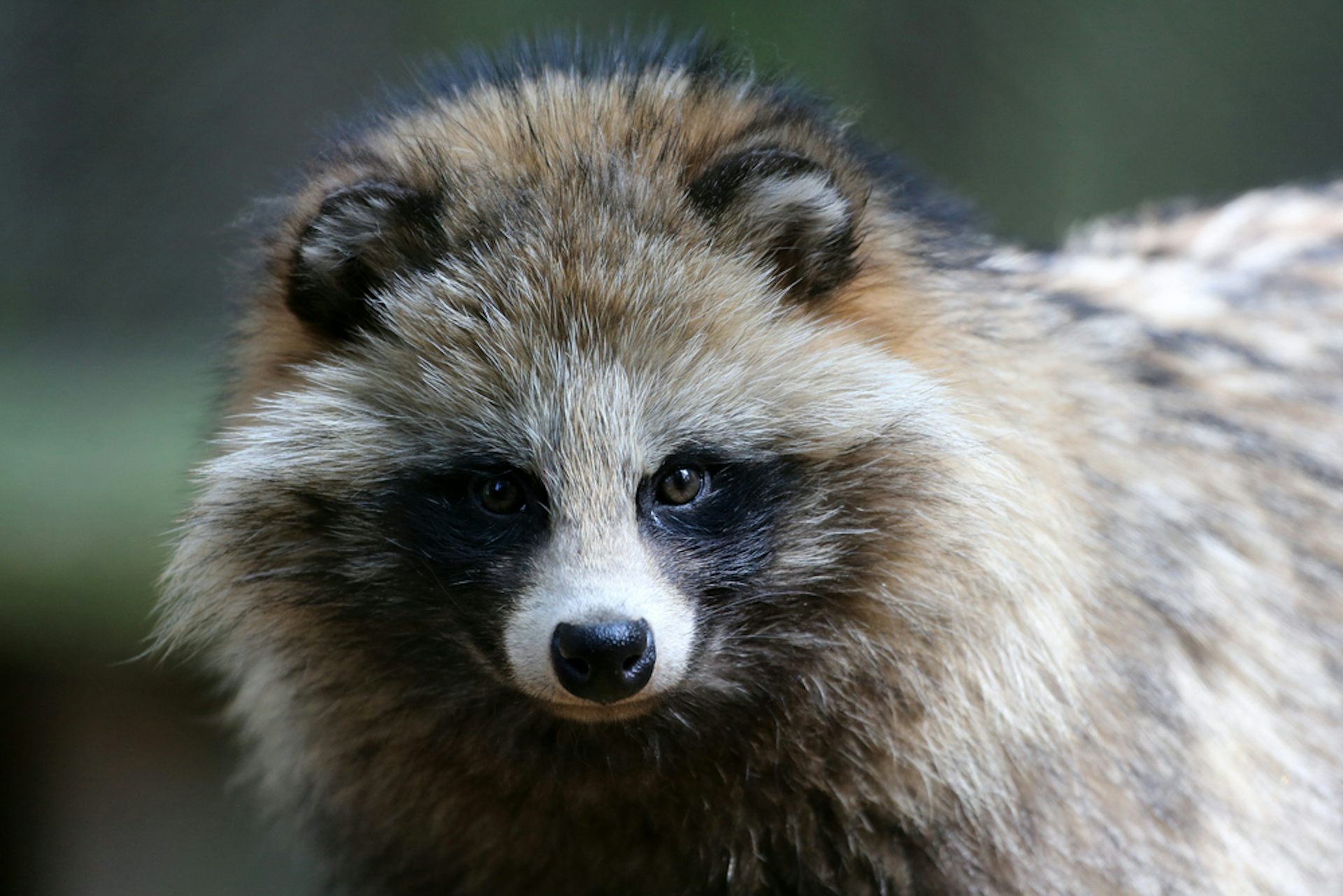
After the sequences were analysed by the international team, the Chinese scientists who had performed the market testing were contacted for comment and discussion – especially around the important observation that mixed in among the SARS-CoV-2 sequences were a large proportion of raccoon dog and other animal DNA.
The sequences were then withdrawn from the GISAID database within a few hours of the study authors being approached. This is perhaps unusual for an open database such as GISAID, and clarity could be sought why this occurred.
Why is this work important?
This latest work does not prove raccoon dogs were definitely the source of SARS-CoV-2. Presumably, they are likely to have been an intermediate host between bats and humans. Bats harbour many coronaviruses, including ones related to SARS-CoV-2.
However, the data fits the narrative of the animal/human connections of SARS-CoV-2.
This, along with other examination of animal links to SARS-CoV-2, should be taken in the context of the lack of robust data to support the other SARS-CoV-2 origins hypotheses, such as a laboratory leak, contaminated frozen food, and acquisition outside China. Bit by bit, the evidence supports animal origins of the outbreak, centred on the Huanan market in Wuhan.
The length of time taken for this early work to surface and the difficulty in accessing the raw data are unfortunate, points made recently by the WHO.
Sympathetically, one might say, the wrong analysis of the original data collected in early 2020 was undertaken and the researchers missed the animal links.
Cynically, (and without evidence) one might say that the significance of the data was recognised, but not made readily available. This is a question for the Chinese researchers at the Chinese Center for Disease Control to answer.
The data from the Chinese Center for Disease Control and Prevention is no longer available on the GISAID database where it was found by scientists. https://t.co/fXT6zt02dm
— Reuters Health (@Reuters_Health) March 21, 2023
If this had been identified in early 2020 then further studies to understand the viral origins in animals could have been undertaken.
Three years on, it is very difficult to do such studies, tracking backwards from the now closed market to the animal sources and the people who handled these animals.
Clearer answers would have taken some of the heat out of the debate around the possible viral origins. Of course, all hypotheses should remain on the table, but some of these could have been much better explored with earlier data.
Would it have changed the course of the pandemic? Probably not. The virus had already spread worldwide and adapted very well to human-to-human transmission by the time this work was available. However, it would have driven research in better directions and improved future pandemic planning.
What now?
Lessons for the future are obvious. Open disclosure of sequence data is the best way to undertake scientific investigation, especially for something of such international significance.
Making data unavailable, or not reaching out for assistance in complicated analyses, only slows the process.
The resulting political to and fro by all countries, particularly the US and China, has meant that suspicion has deepened, and progress slowed even further.
Although WHO has been criticised for errors in how it managed the pandemic, and in collating data to understand the origins and progress future research, it remains the best international agency to foster open sharing of data.
Scientists, for the most part, want to do the right thing and find the answers to important questions. Facilitating this is crucial.
This article is republished from The Conversation under a Creative Commons license. Read the original article.





